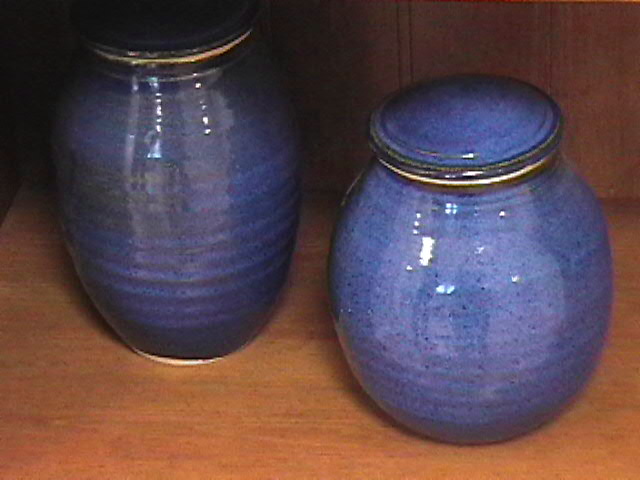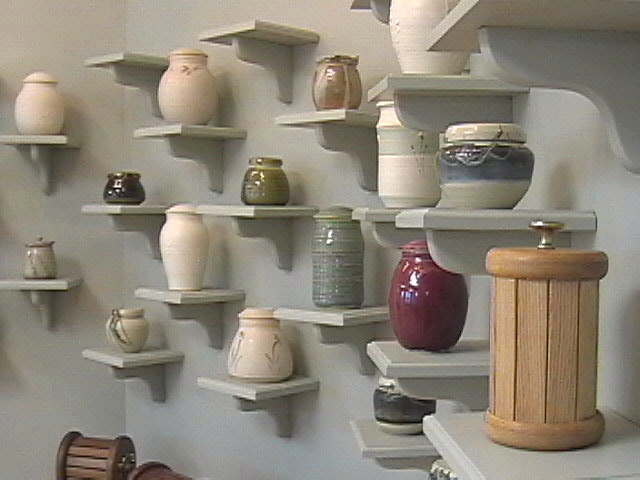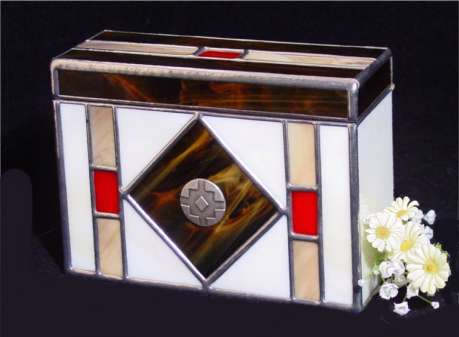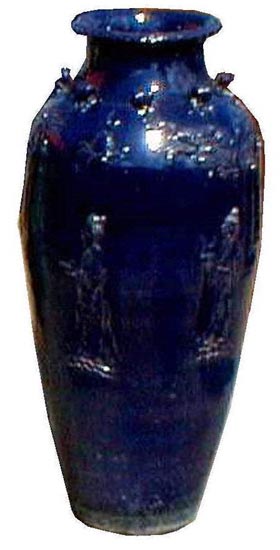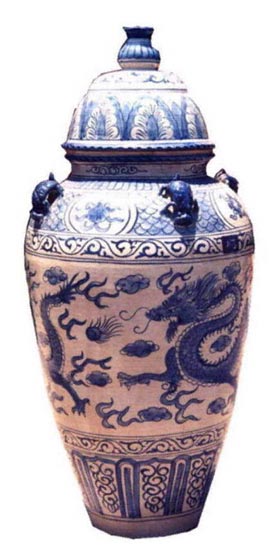
Cremation...Paul Turner
vicardoug
Catholic Church law used to forbid cremation, but it now makes allowance for the practice.
The church recommends that the bodies of the faithful be buried, but it permits cremation if the reasons for choosing that method are not contrary to Christian teaching.
Viewing the body of the deceased naturally recalls the person’s deeds of kindness and testimony of faith. It brings to mind our belief that the human body is a temple of the Holy Spirit and the heir to glory at the resurrection of the dead.
Because of the reverence owed the body, the Catholic Church still prefers its burial at the time of death.
When cremation is chosen, the remains merit the same respect accorded to the body. They deserve a worthy vessel and a respectful means of transport.
There are several options for the funeral liturgy.
For example, the liturgy may take place before cremation, so the community may pray in the presence of the body.
(Mortuaries can lend a casket for the funeral.) In that case, the rite of committal would follow cremation.
In other cases, cremation and committal may precede the funeral Mass.
The funeral liturgy may also happen in the presence of the cremated remains, if permitted by the diocesan bishop. In that case, the Mass proceeds as usual, but covering the remains with a pall is omitted.
The church strongly recommends that cremated remains be buried in a grave or entombed in a mausoleum or columbarium rather than scattered or kept in a private home.
Public cemeteries call to mind the resurrection of the dead and focus our prayer for the deceased.
 | ||||||
 | ||||||
 | ||||||
 | ||||||
 | ||||||
